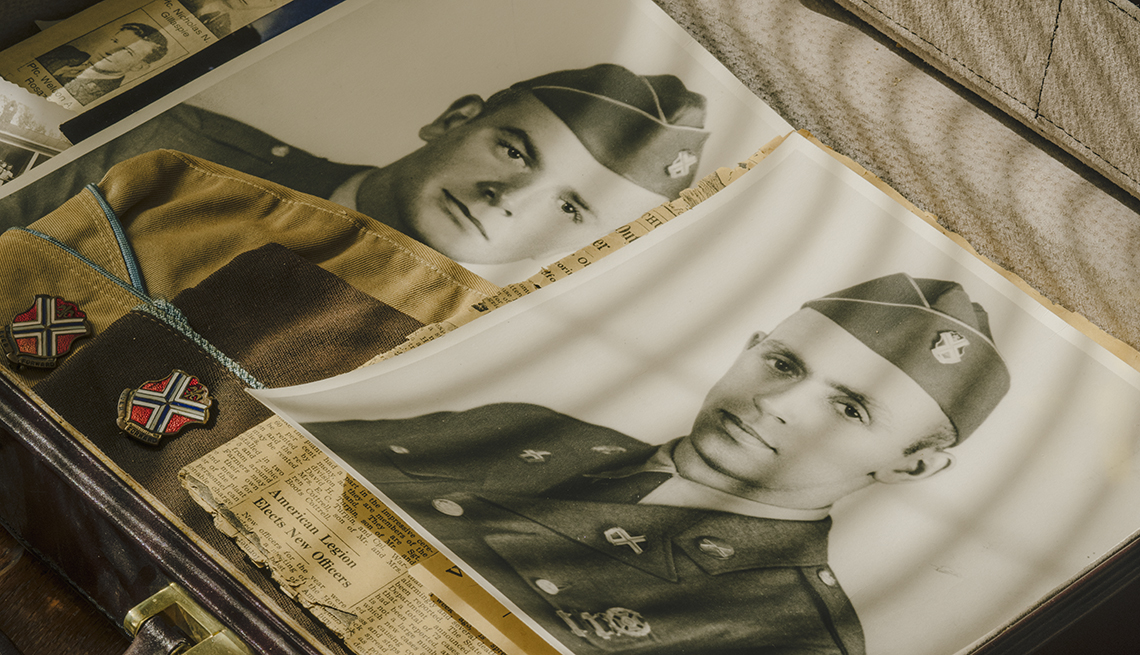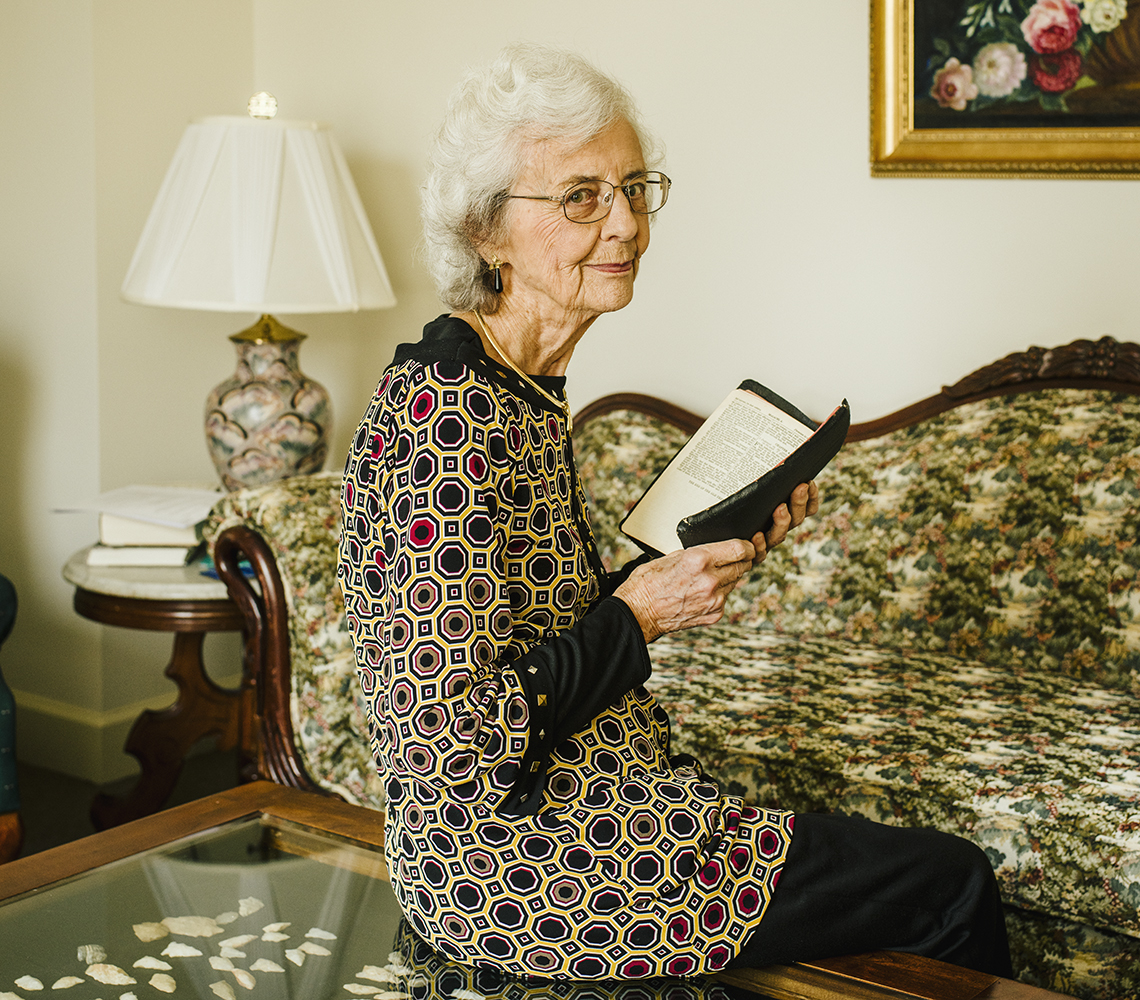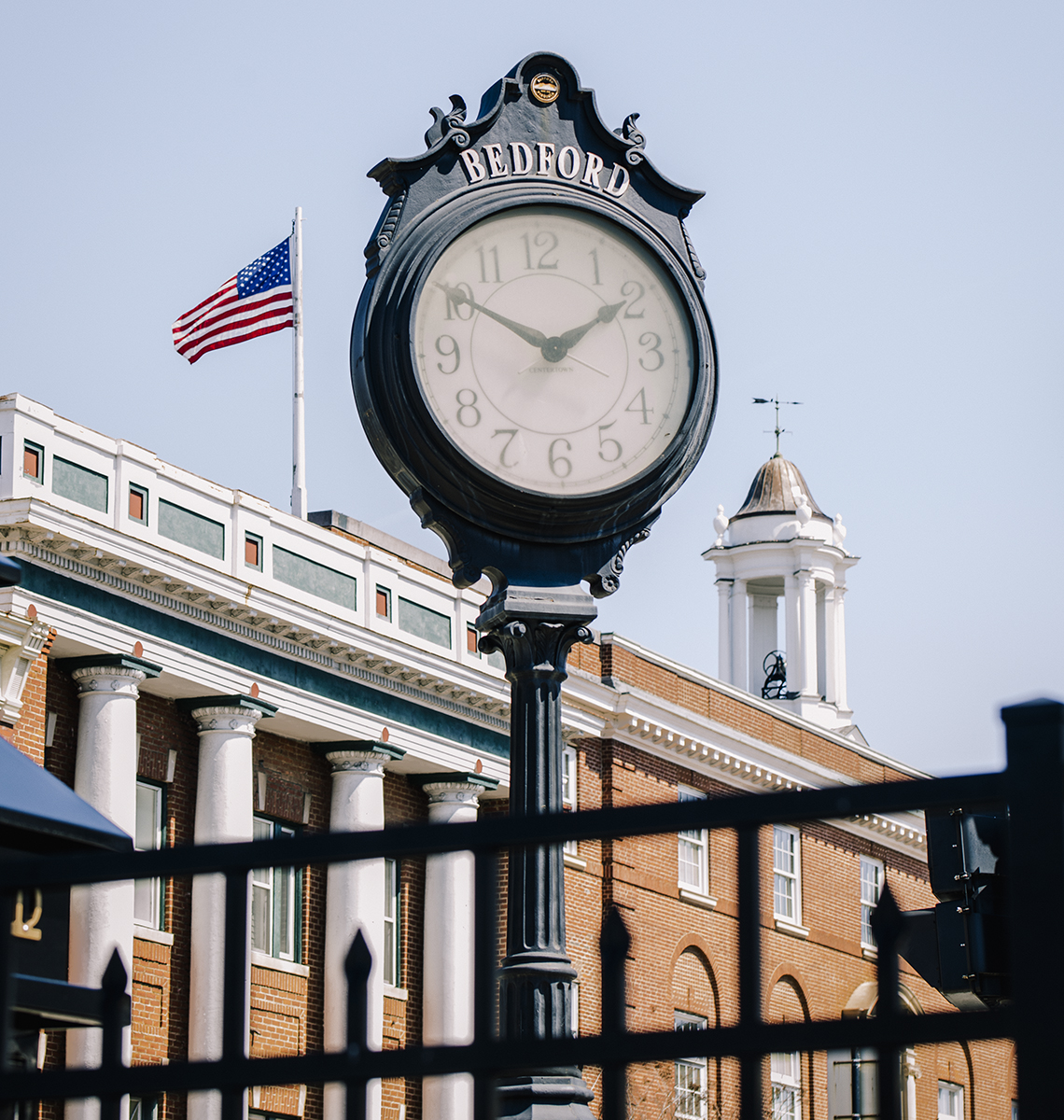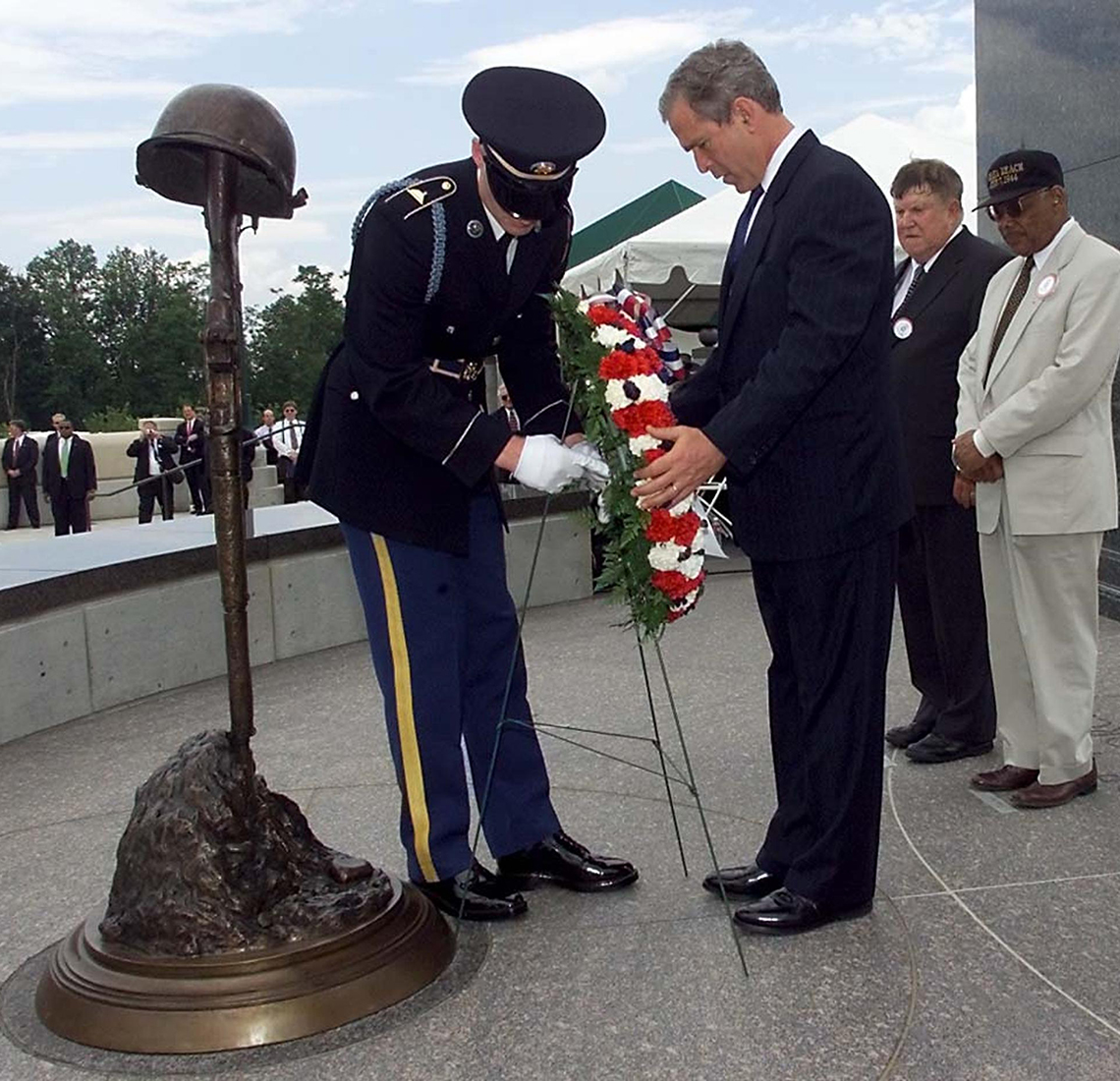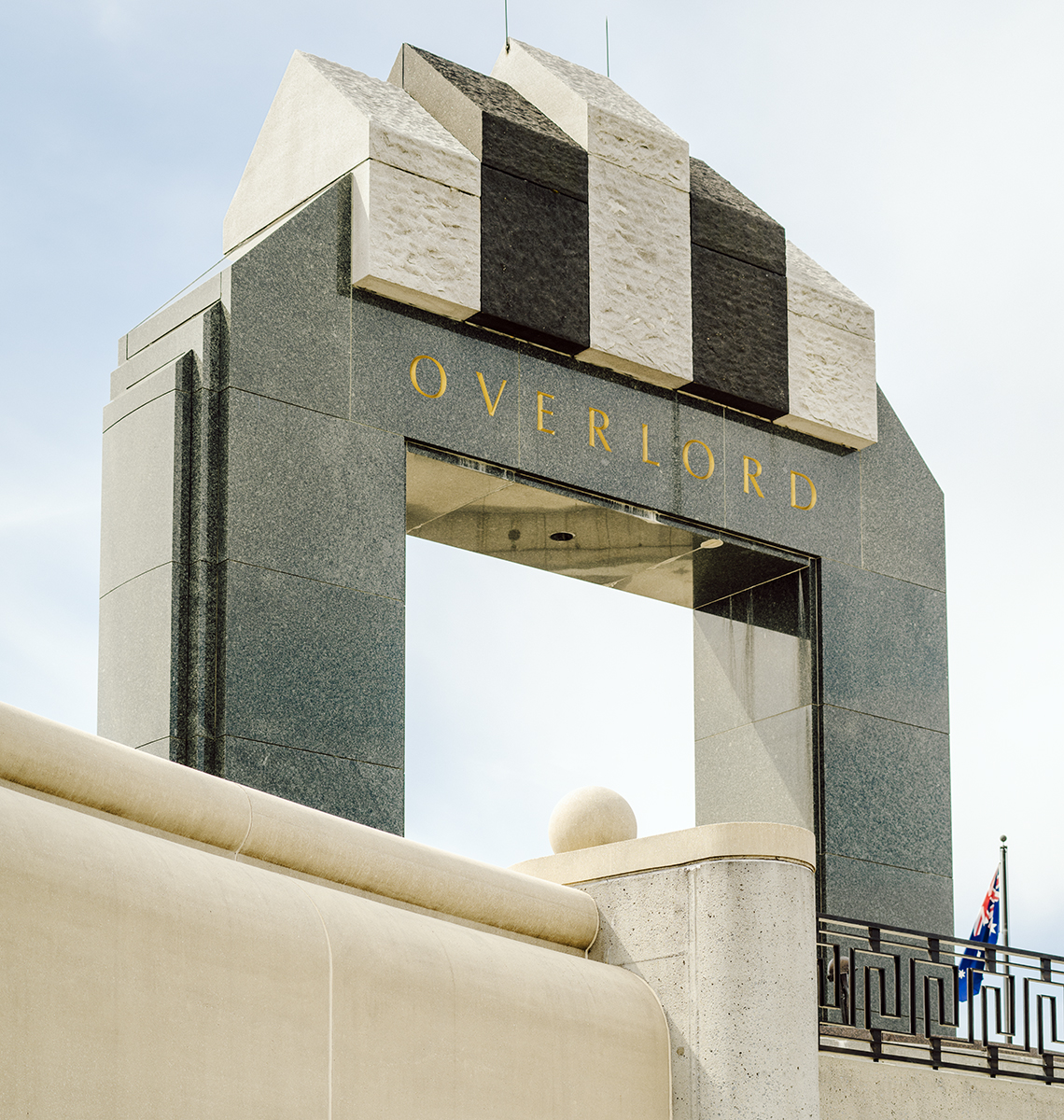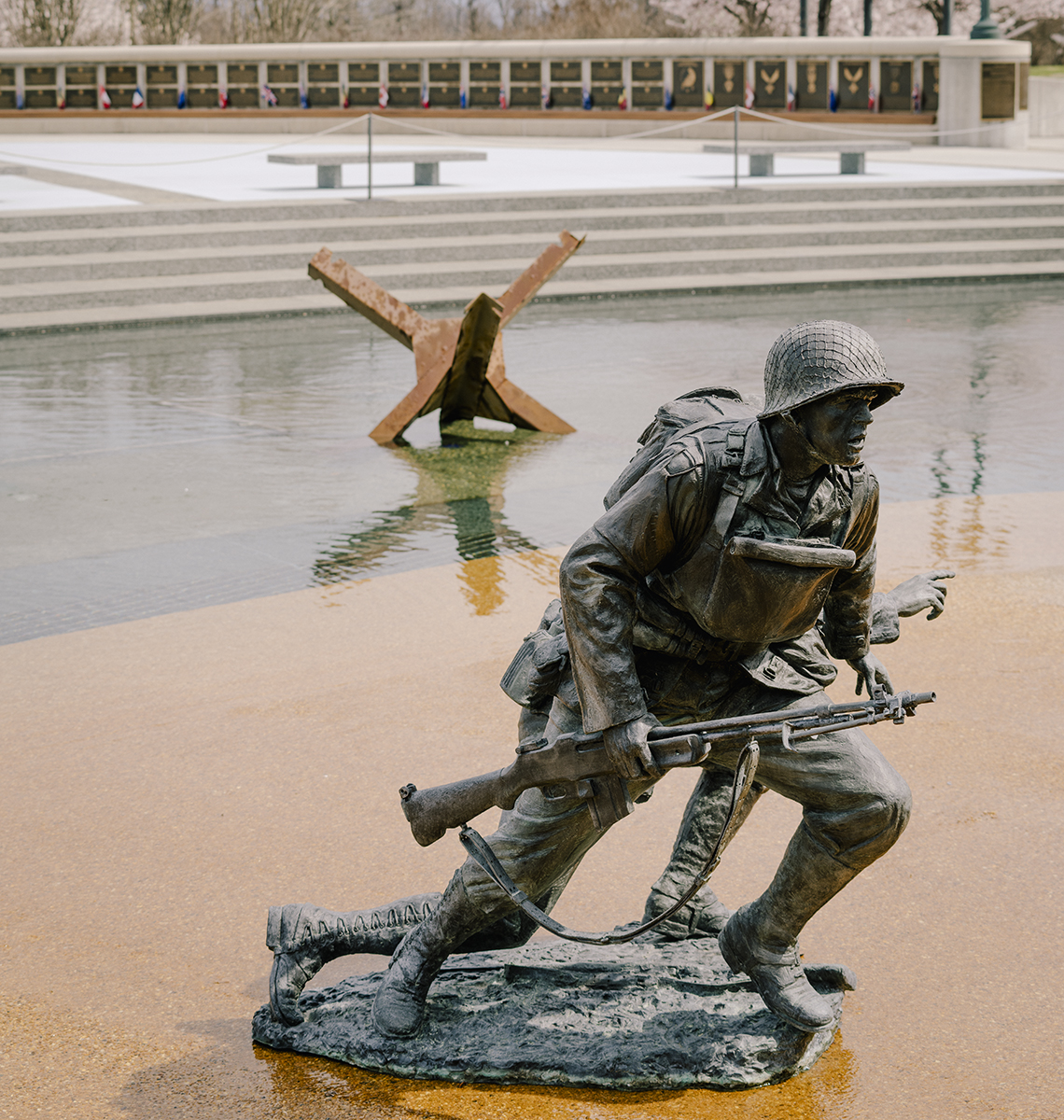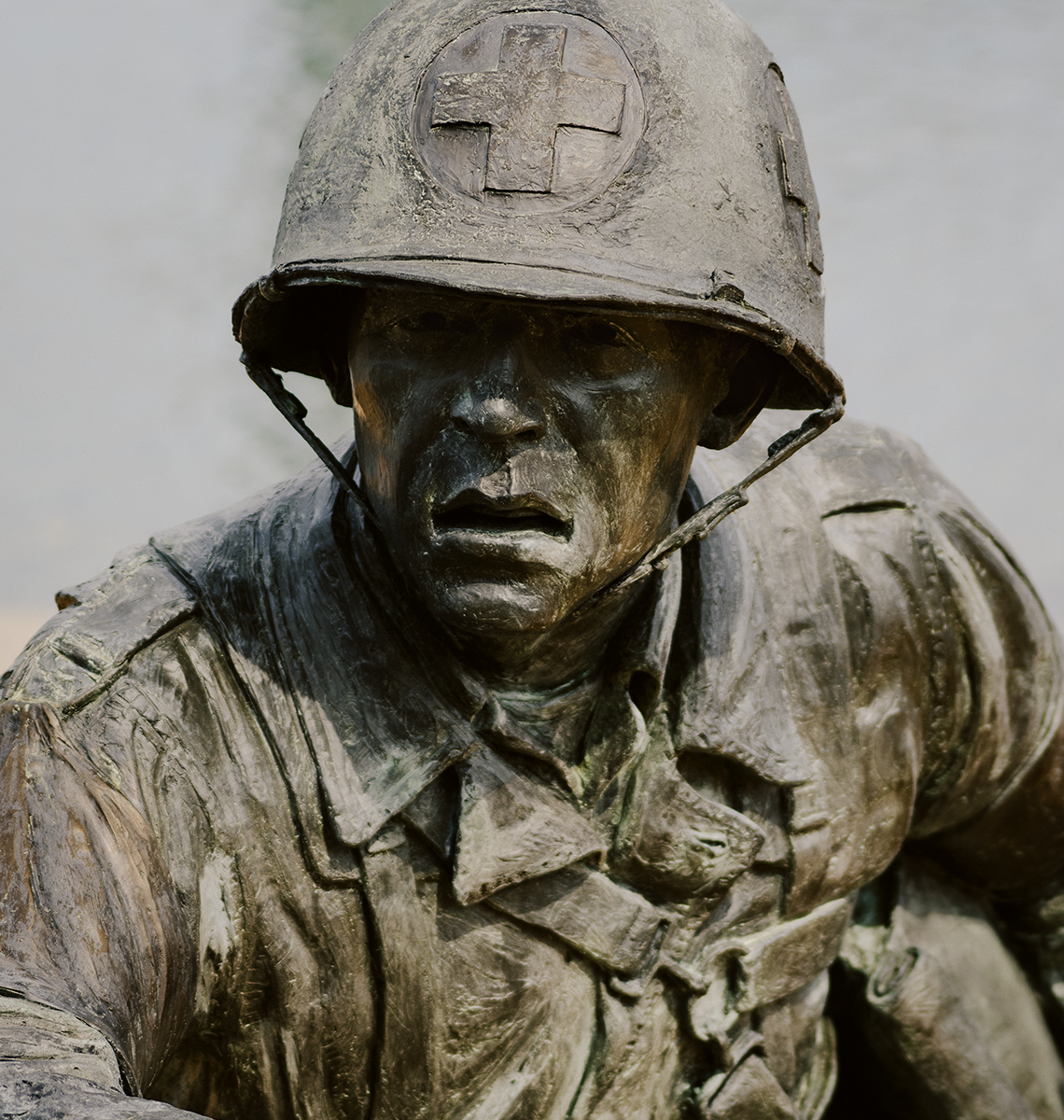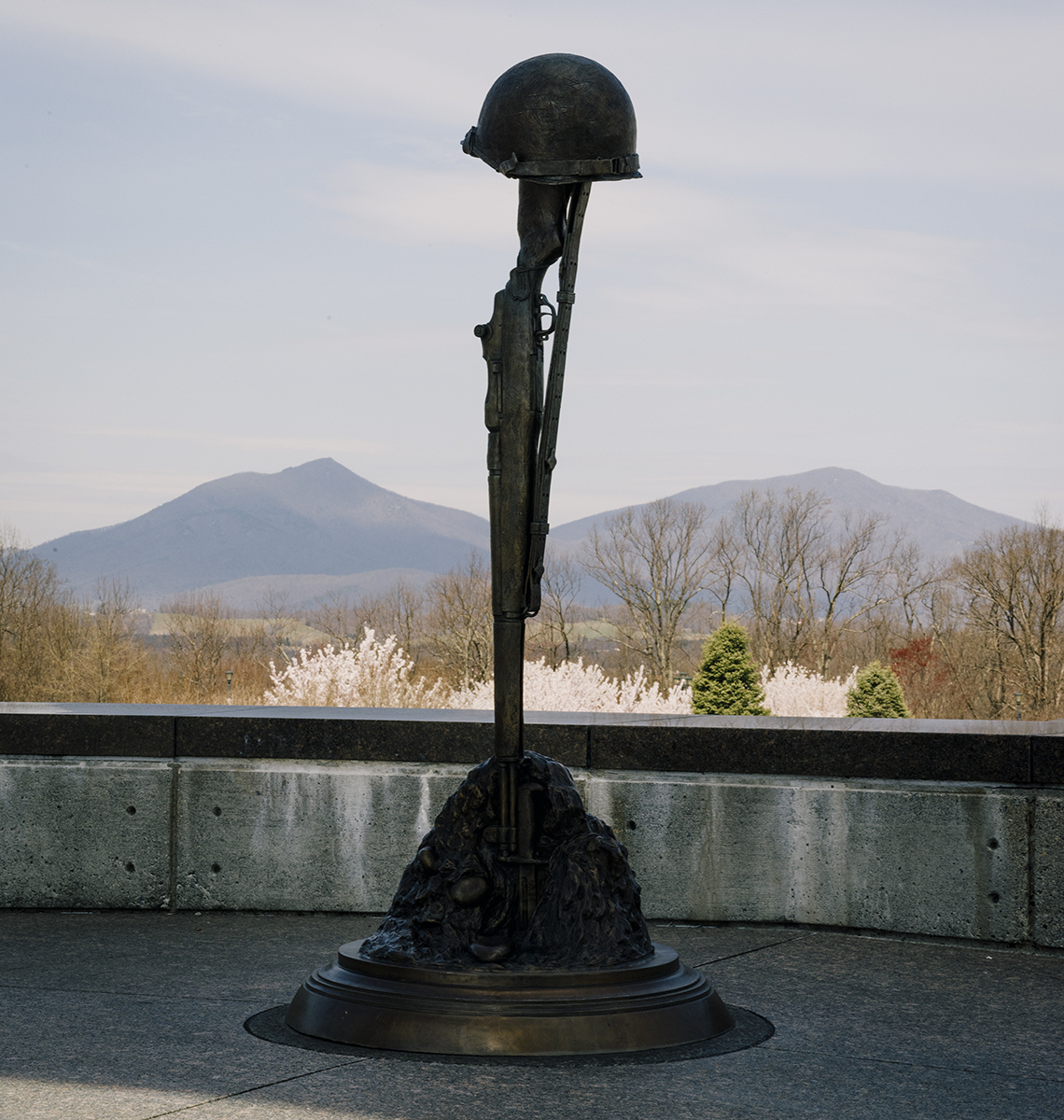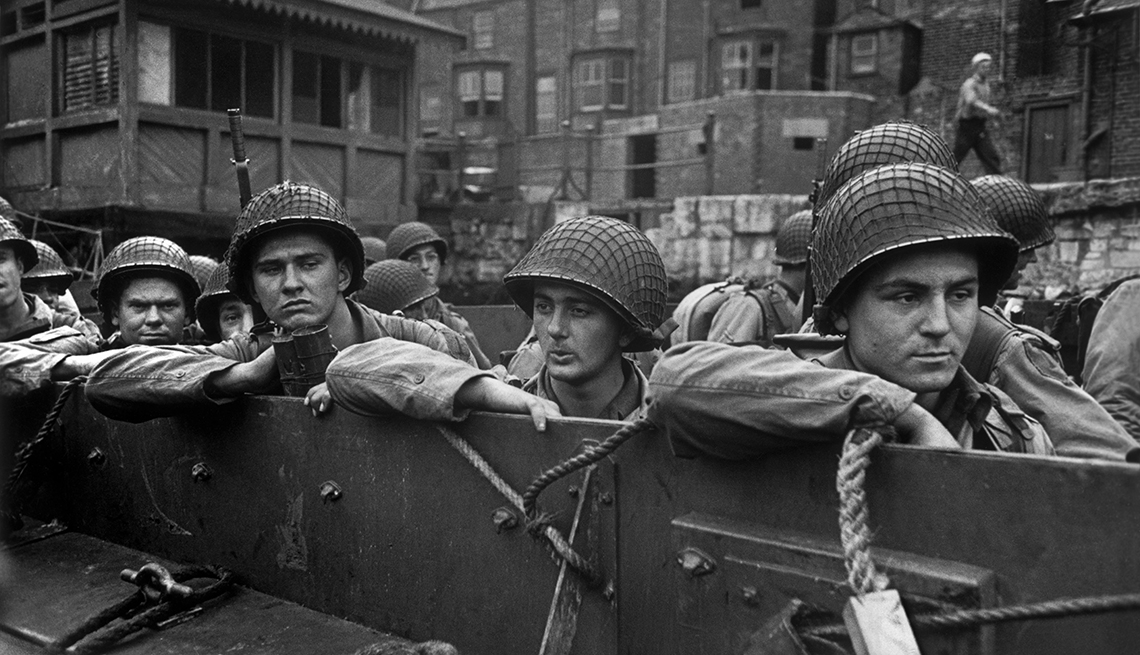Small Virginia Town Remembers Its D-Day Sacrifice
One sister recalls the price her family and Bedford, Va., paid on June 6, 1944
Lucille Hoback Boggess of Bedford, Va., celebrates her 90th birthday June 8, just 48 hours after the anniversary of D-Day. The events of that day 75 years ago would forever change her life and that of her family and hometown.
Boggess remembers waving goodbye to her two brothers and their friends from the Bedford train station under a cold blue sky in February 1941. As the U.S. Army mobilized in advance of a threatening war, National Guard units were called to active duty. None of these soldiers, including several sets of brothers, could foresee the role they would play in the greatest invasion of that war.
On June 6, 1944, the southwestern Virginia town of Bedford, with a population of 3,200, suffered the highest per capita loss of any American community. When the telegrams began to arrive in Bedford, the tight-knit community was devastated.
Of the 34 soldiers from Bedford in A Company, 116th Infantry Regiment, 29th Infantry Division, 19 were killed, including both of Boggess’ brothers (a 20th son of Bedford was killed in F Company that day). The carnage happened within a few minutes, as German machine gunners attacked before the unit was able to fire a single shot.
For the little community just east of the Blue Ridge Mountains to suffer so enormously was an anomaly created by the times. Many of Bedford's young men had joined a Virginia National Guard unit before the war, partly because of a lack of economic opportunity as the Great Depression lingered in rural areas. As war reached America, the unit was folded into the U.S. Army. Through grim luck, that division was part of the Normandy spearhead. And the small unit the Bedford boys were part of landed in the teeth of the most destructive German fire.
Boggess had just turned 15 in July 1944 when her parents received two telegrams, a day apart, informing them that her brothers Bedford and Raymond Hoback had both been lost. She still vividly recalls watching her father walk, heartbroken, to a barn, where he could hide his tears and grieve alone. Every evening that saddest of summers felt like a wake. Boggess was very close to her mother, “so anything that hurt her, hurt me. I felt helpless.” Families were given the option of leaving their loved ones in Europe or bringing them home to be buried. Bedford Hoback's body was identified, and he is one of more than 9,000 interred at the American cemetery at Coleville-sur-Mer. Raymond's corpse was never found. It is thought he may have been too badly injured to crawl ahead of the onrushing tide and, with many others in the first wave, was washed out to sea. His name is inscribed on the graveyard's wall of the missing, which lists more than 1,500 Americans, a few hundred yards from where his brother lies.
Several weeks after D-Day, as the Allies broke out of Normandy and rushed toward Paris, a package arrived at the Hobacks’ home. It contained Raymond's Bible, the only thing he owned that was returned to his parents. Lucille now treasures it almost as much as her mother did. For decades it sat prominently on a television, never to be moved. It is inscribed “Raymond S. Hoback, from mother, Xmas, 1938.” She says her parents never got over their loss. She remembers her mother, in her dying days, waking from nightmares screaming, “Where are my boys?"
April Cheek-Messier, a Bedford native and president of the National D-Day Memorial in Bedford, says that, after 75 years, those who felt the pain of that day directly are few. “There are nieces and nephews but hardly any siblings.” She has been involved with the memorial since it was dedicated by President George W. Bush in 2001; she observes that the sadness felt in the community for many years after the war has been replaced by “immense patriotism.”
On this 75th anniversary, as Lucille Hoback Boggess remembers her brothers and the more than 4,000 Allied soldiers killed on that day, she still feels the loss. “You wonder what they might have done with their lives, how Bedford would be different if all those boys had come home,” she says. “You never forget. I miss them every day."
Alex Kershaw has written several books about World War II, most recently The First Wave.
National D-Day Memorial
- |
- Photos

